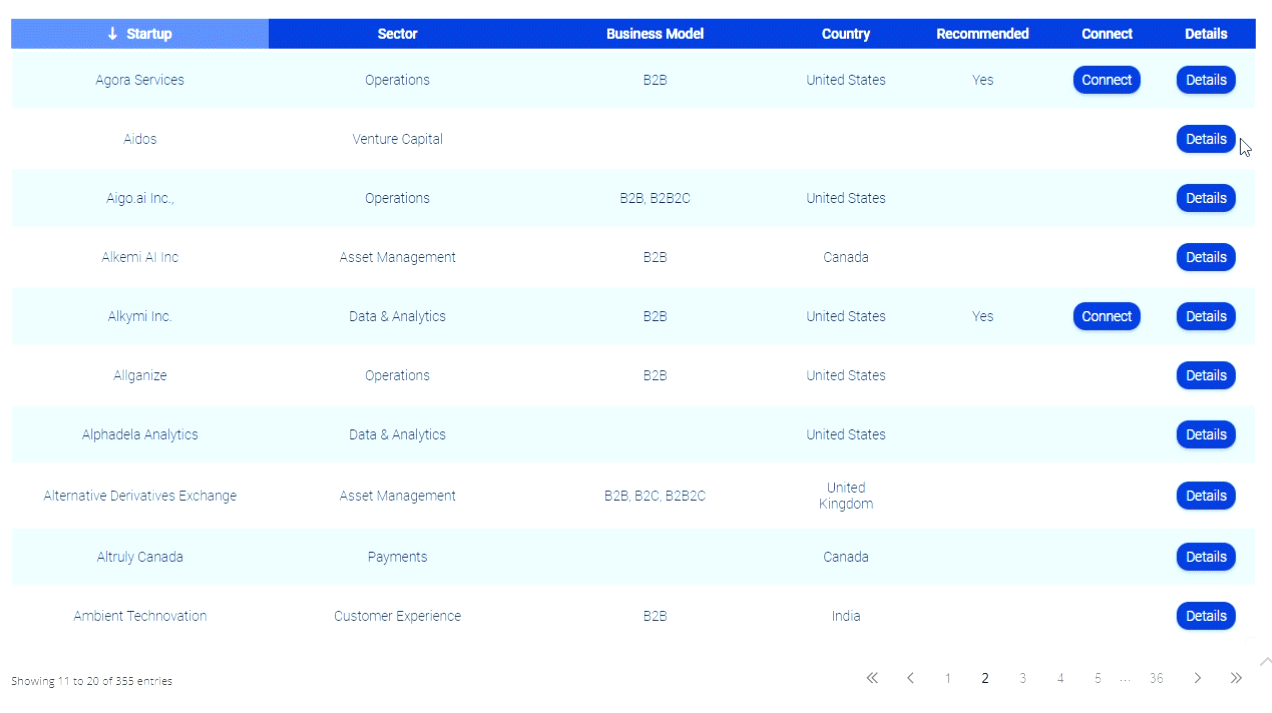5 back-office pain points to automate
Automating back office tasks can reduce risks, bottlenecks and errors
For financial services firms wanting to compete against an ever-growing number of fintech players, the road to parity goes through the back office — specifically in reevaluating and upgrading technology and processes. Many banks, credit unions, wealth management firms and other financial services companies are already feeling the pain of being anchored to legacy technology that can’t evolve or adapt — and won’t support new digital products and services.

The main thing stopping financial institutions from automating manual tasks and processes is that they don’t know where to start, according to Accenture. The multitude of IT systems and products to consider combined with the challenge of identifying which internal processes to automate appears to be leading to a distinct lack of action for many. There’s also the ever-present dilemma of retrofitting new technology to legacy core banking systems and related applications.
A practical and straightforward starting point is to identify the internal process points that cause the most friction and pain, which can be automated rapidly with readily available technology. Of course, every business is unique, but below are five common pain points that are ripe for digital transformation for nearly every bank, credit union and financial services firm:
1. The impact of manual entry
No modern bank should have to work with processes that require manual data entry or reentry. But most still do.
Banking processes like loan origination and new account opening have long used tools and techniques such as document capture and optical character recognition (OCR) to help convert paper and digital documents into the structured data needed to execute these processes. But extracting data from its original source is just the beginning.
To create an end-to-end digital process that removes the need for manual data entry entirely, forward-thinking banks are deploying a combination of technologies collectively known as intelligent document processing (IDP). IDP platforms combine capture, optical character recognition (OCR), artificial intelligence (AI), machine learning (ML), robotic process automation (RPA), and intelligent workflow automation tools to ingest and digitize high volumes of unstructured content (e.g., Word documents, PDFs, etc.)
A September 2021 BAI report cited that more than 90% of new account opening application decisions can be made without manual intervention. Banks and credit unions deploying IDP solutions are in a perfect position to achieve this level of intelligent automation.
2. Managing information across multiple silos
Opening a new account or applying for a loan is an information and document-intensive process. Several documents are required — not only from applicants, but also from external sources such as credit organizations and government entities.
The term “information sprawl” describes the way that documents and data are spread across multiple systems within an organization — a scenario that forces employees to navigate between multiple systems, which slows down processes and creates an environment where they often struggle to find the most current and accurate versions of documents. Employees may even resort to searching for physical files in branch locations.
IDP platforms can connect existing information sources and provide employees with a single interface for finding, accessing and sharing information across multiple systems. It gives back-office employees access to exactly the right information at the touch of a button. This streamlined workflow can dramatically improve employee productivity and increase customer satisfaction, saving banks significant time and money.
3. Slow account opening procedures
We live in a world where large amounts of information and documents are digital, so opening client accounts should be digital, too, right?
Apparently not. Many banks and credit unions still require manual data verification and approvals in account opening processes, leading to slow decisions and a poor customer experience.
Intelligently automating manual back-office processes can substantially shorten the time it takes to onboard new customers. By eliminating manual entry and approval and automating workflows, workers have all the information they need to act at the right time.
A critical aspect of automation is the use of alerts to eliminate delays. For example, notifying an approver or endorser that their input is required can drastically reduce application processing time and increase customer satisfaction. A more advanced example is using AI to automate decision-making based on set criteria. Depending on the risk, banks may choose to auto-approve some types of applications, or add complex analysis of patterns, trends and data to review certain applications in more depth before approval.
More efficient onboarding delivers happier customers, faster access to revenue for the organization and a lot less stress for all involved.
4. Risk management for new accounts
Information security and ensuring the privacy of every customer’s confidential data is paramount for all financial services firms. All information, digital or paper, is subject to a multitude of guidelines and regulations such as anti-money laundering (AML) and privacy guidelines. Banks face fines, business disruption, and the potential for negative customer perceptions if information governance and security isn’t maintained.
To improve risk management, banks and credit unions should securely digitize data and documents as soon as they receive them. This approach ensures that only the right people will have access to sensitive content and data throughout the process, and that the correct information transfers into the appropriate system of record once the process is complete. Actions such as locking down shared folders, integrating with existing authentication providers, and providing comprehensive audit trails are just some ways IDP solutions enable banks to apply comprehensive (yet easy to maintain) permission and security systems to carefully manage compliance and financial risk.
5. The bottleneck of the distributed paper process
While popular among retail banks and credit unions, the branch model is often rife with disconnected and time-intensive processes. Unless the organization is digital, paperwork filled out at a branch office is often sent by mail or even fax to the main office for processing.
This is a governance and processing nightmare. The transit of documents is slow, the files are at high risk of being lost or damaged, the central office has no way to quickly ingest the data contained within these documents, and if any information is missing, the turnaround is often long and frustrating.
The key is to digitize documents, communication and processes as quickly as possible so that information can flow seamlessly across the organization.
Intelligent automation connects branches to central offices, ensures that all documents and data are secure, and that proper information governance rules are enforced. Automation also makes document retrieval and tracking simple and straightforward for all users.
Now is the time to automate
Selecting an enterprise software platform can be overwhelming. The landscape is vast and the options are plentiful. However, according to Accenture, nearly 80% of bank operation leaders think their organization’s existence could be threatened if they don’t update their existing tech stack to be more flexible and capable of supporting rapid innovation.
The good news is that many new automation tools are cloud-based and can connect to legacy systems via RPA or no-code/low-code integration capabilities that remove a big barrier to adoption.
Once financial services providers begin their automation journey, the benefits can quickly become tangible and measurable. Banks and credit unions that can address bottlenecks and remove manual touchpoints in their most common processes are instantly better positioned to succeed against competitors, attract and retain customers, and reduce their risk of information security breaches.
Ron Cameron is president and co-founder of KnowledgeLake, a cloud-native solution for document processing that enables organizations to capture, process, and manage their content in a single platform. Founded in 1999, the company combines intelligent document capture and robotic process automation (RPA) to increase productivity.












